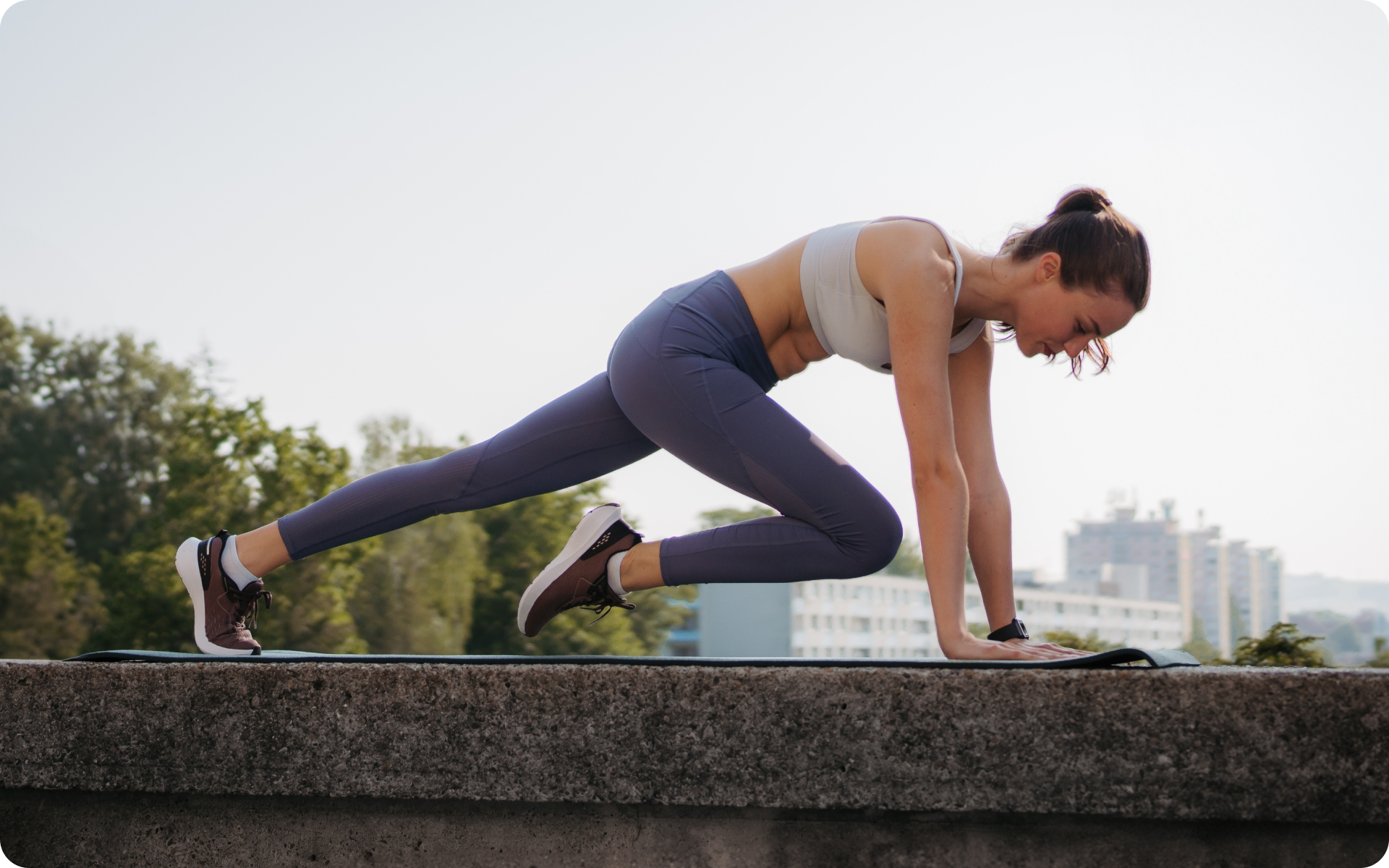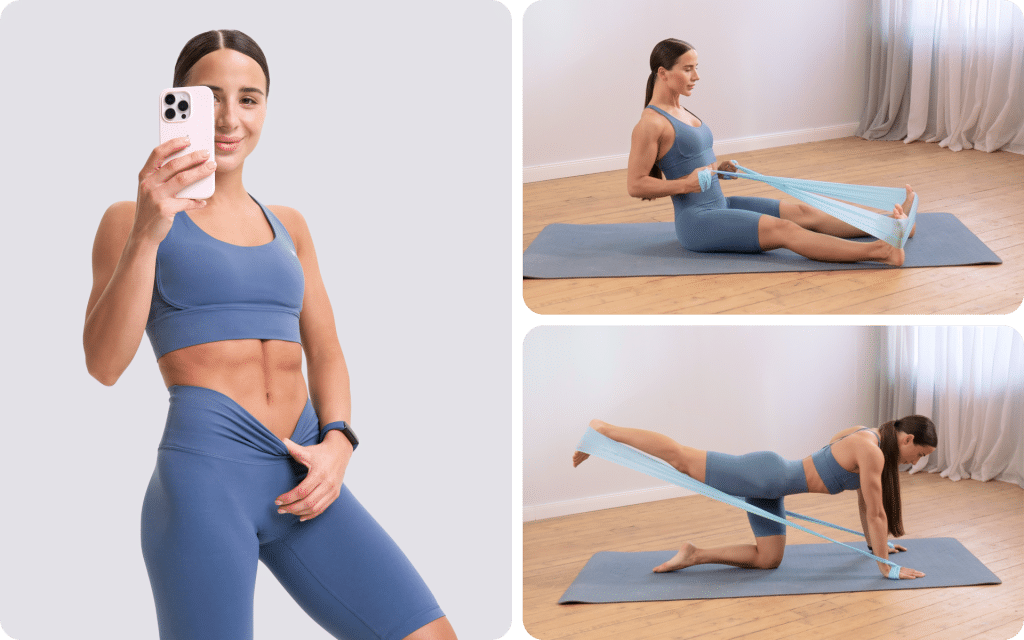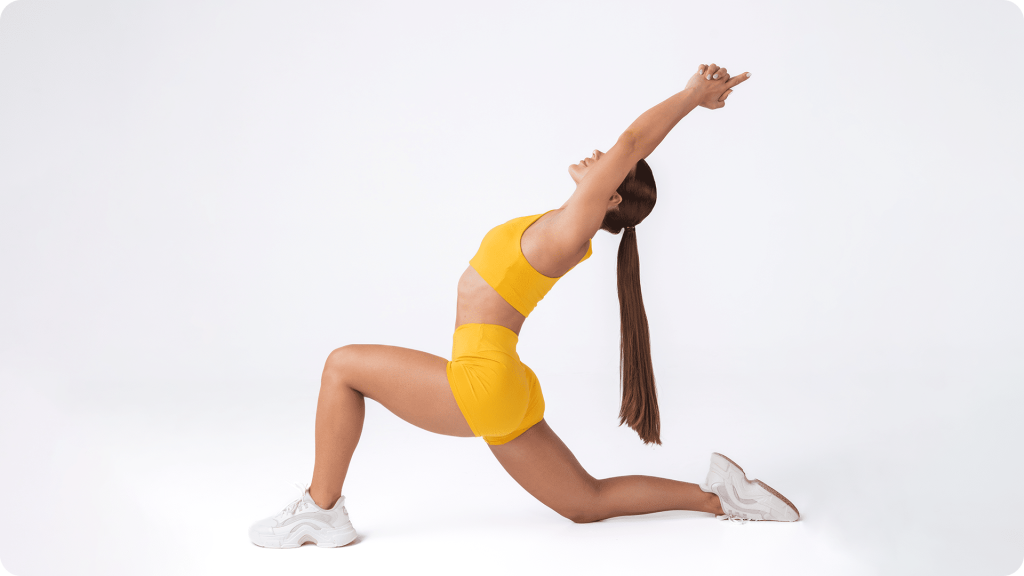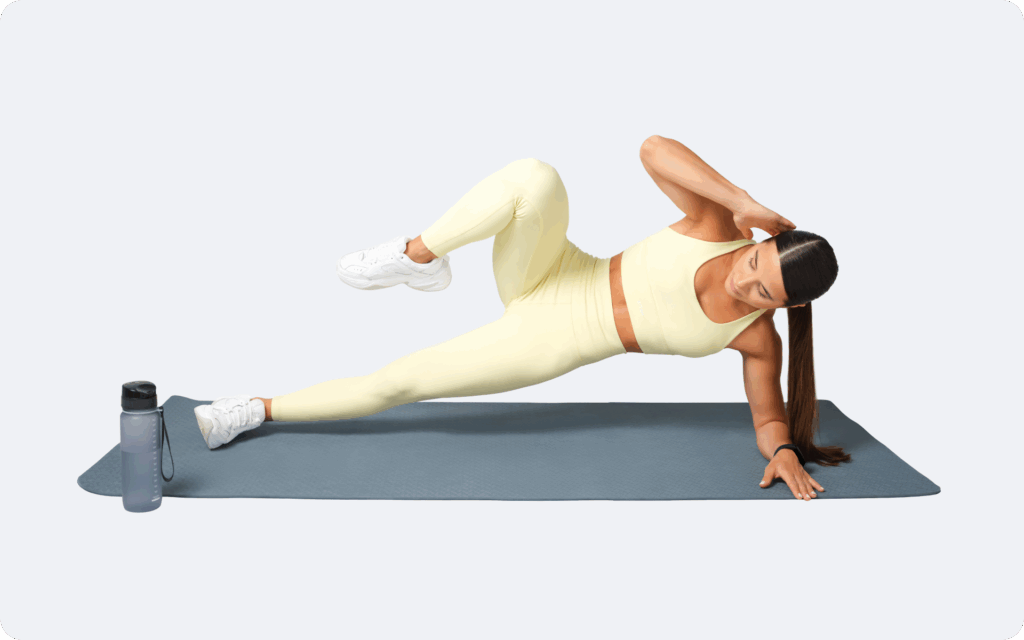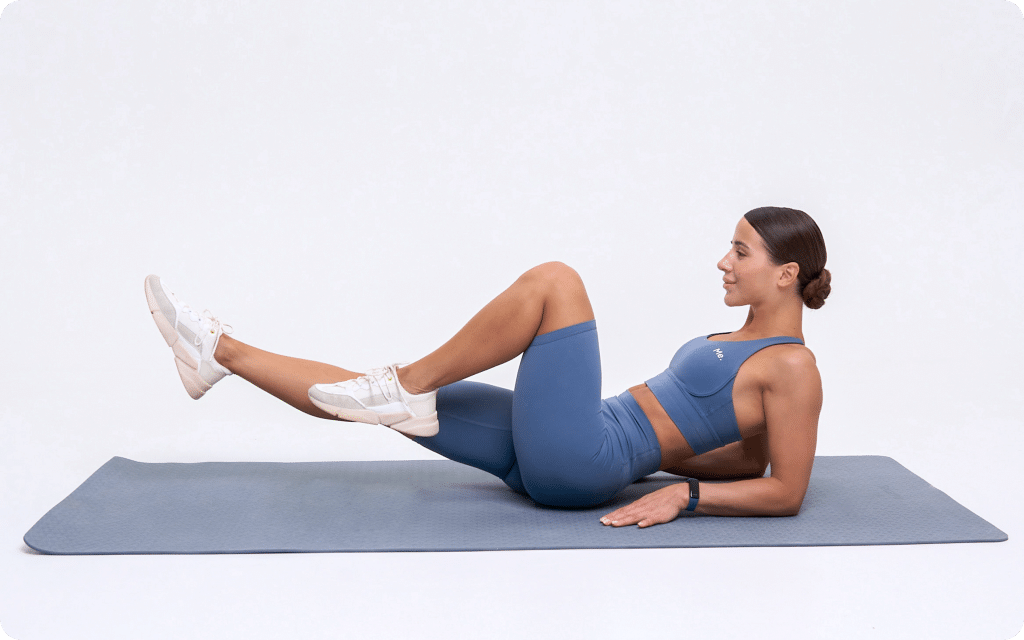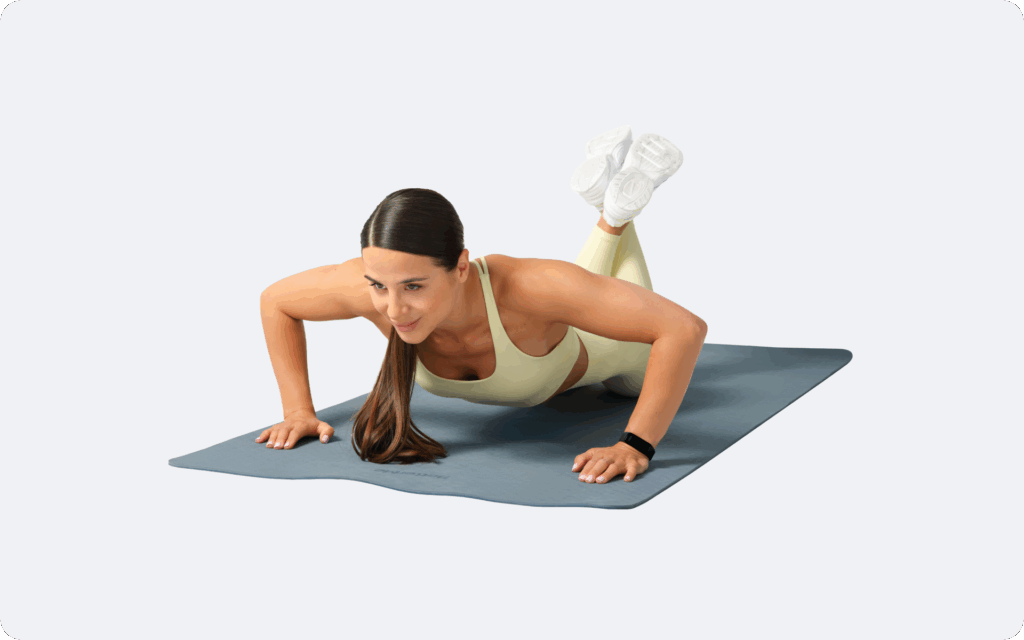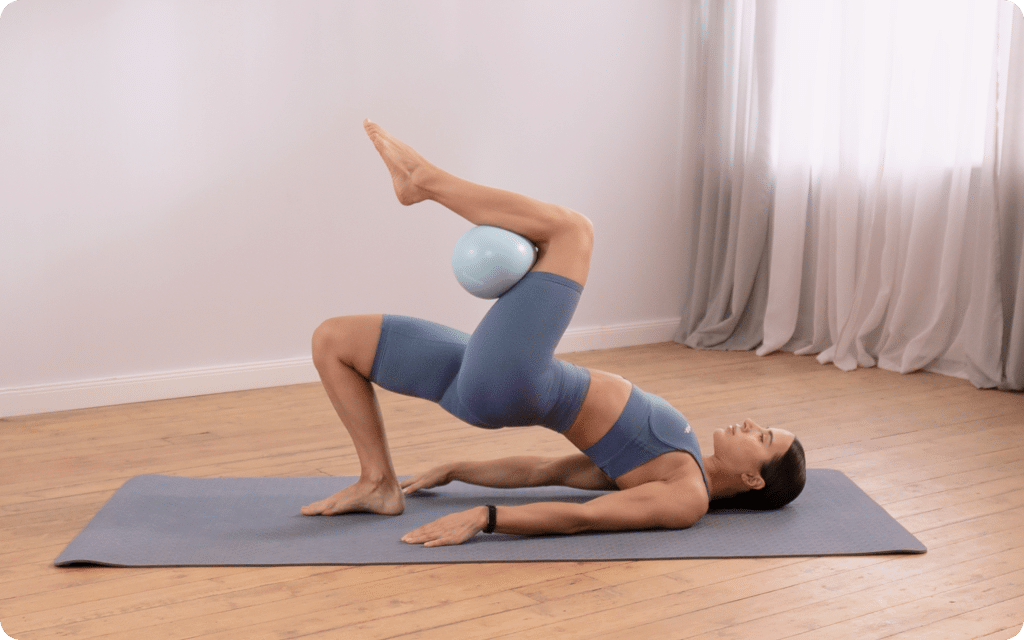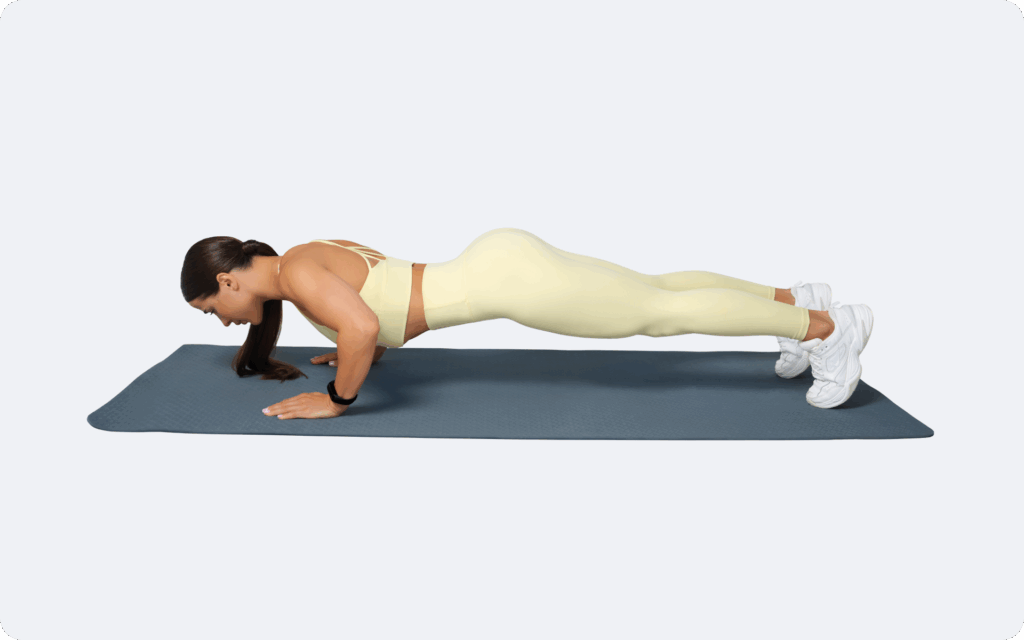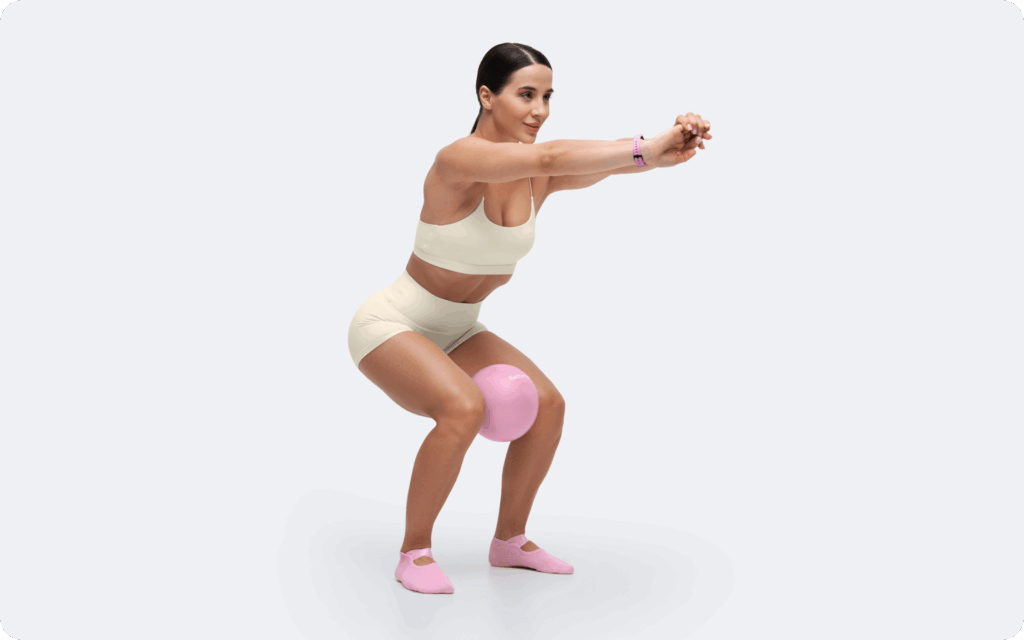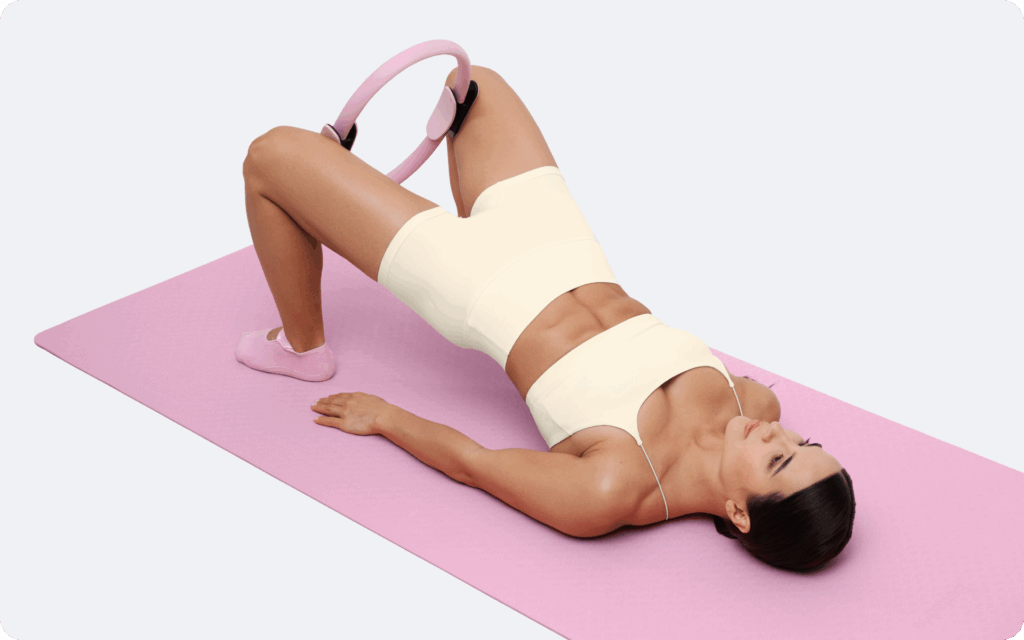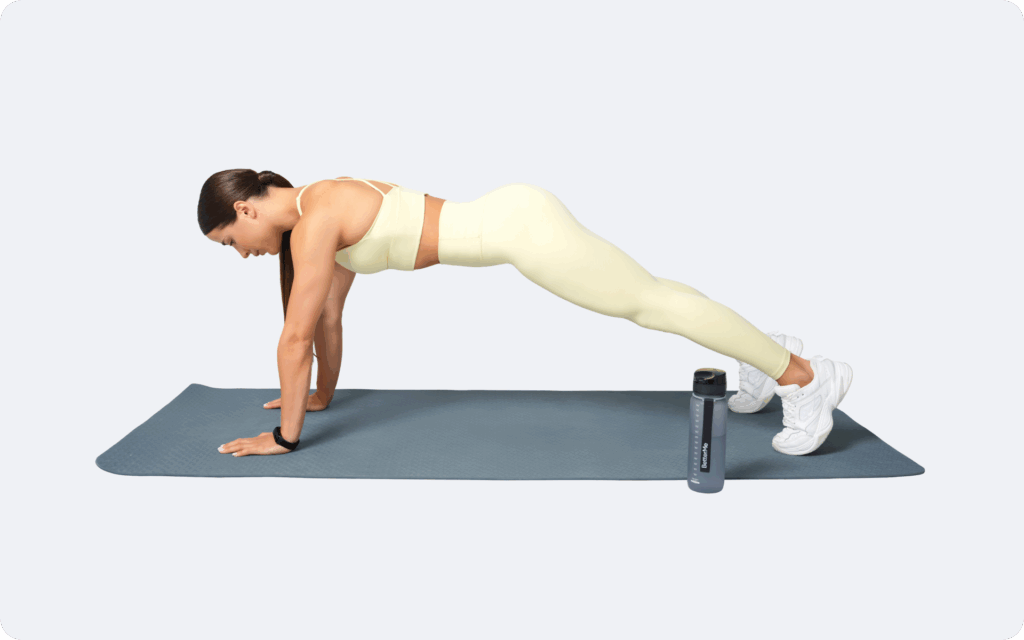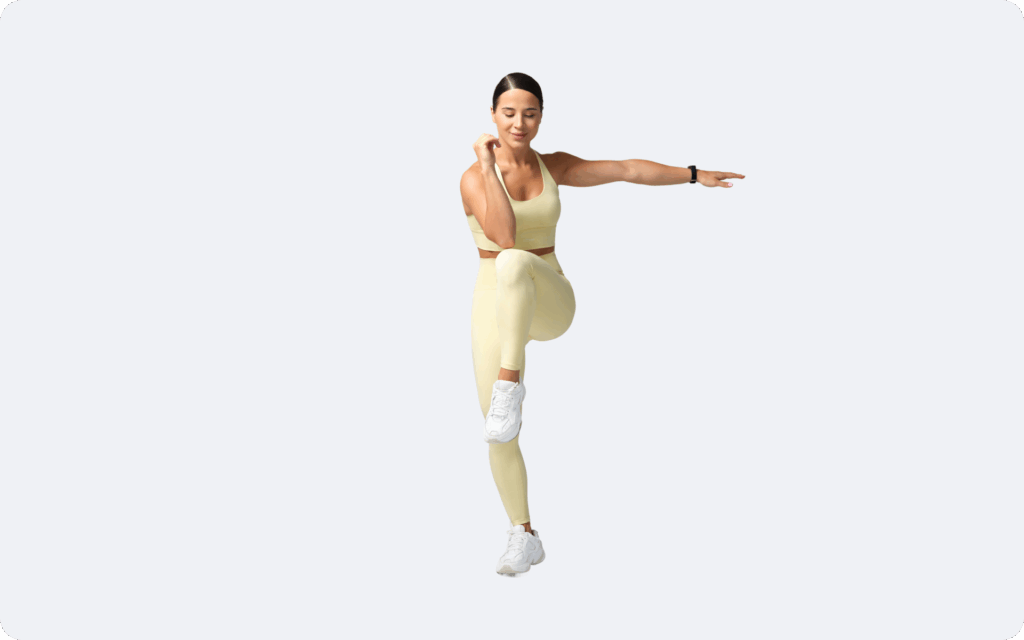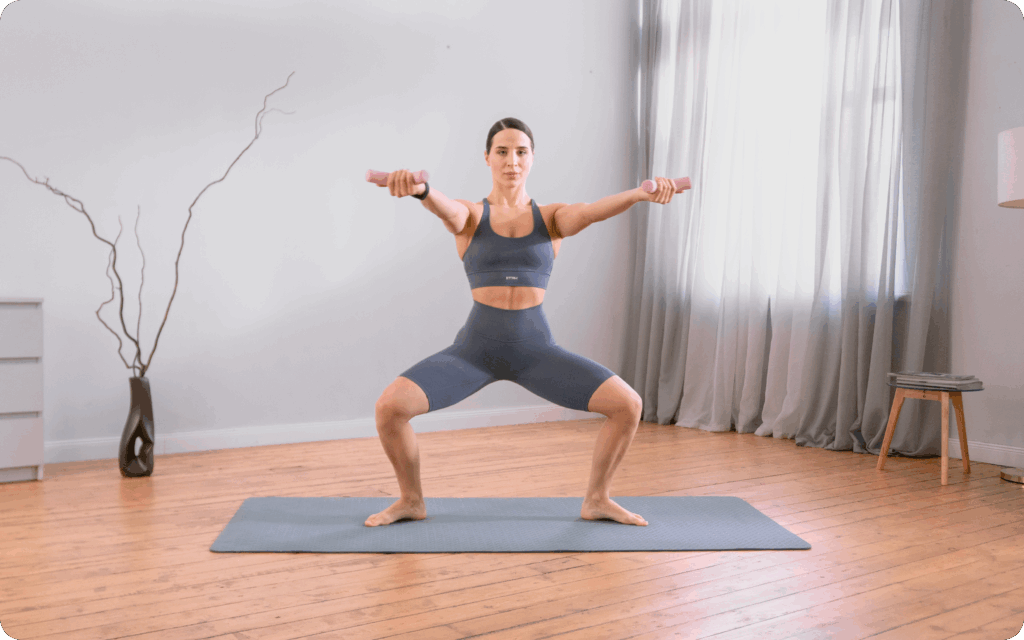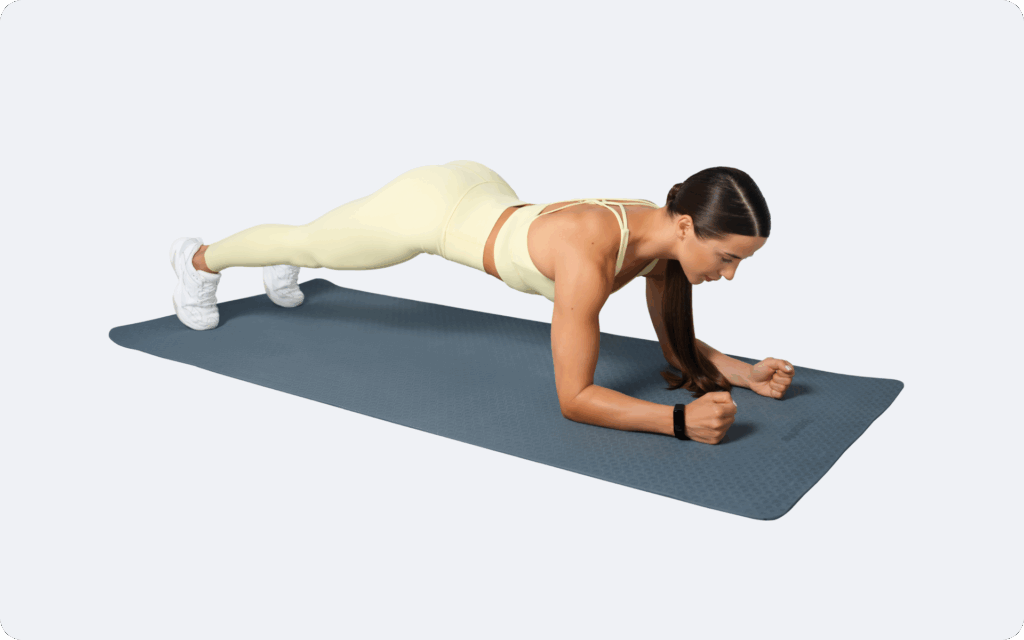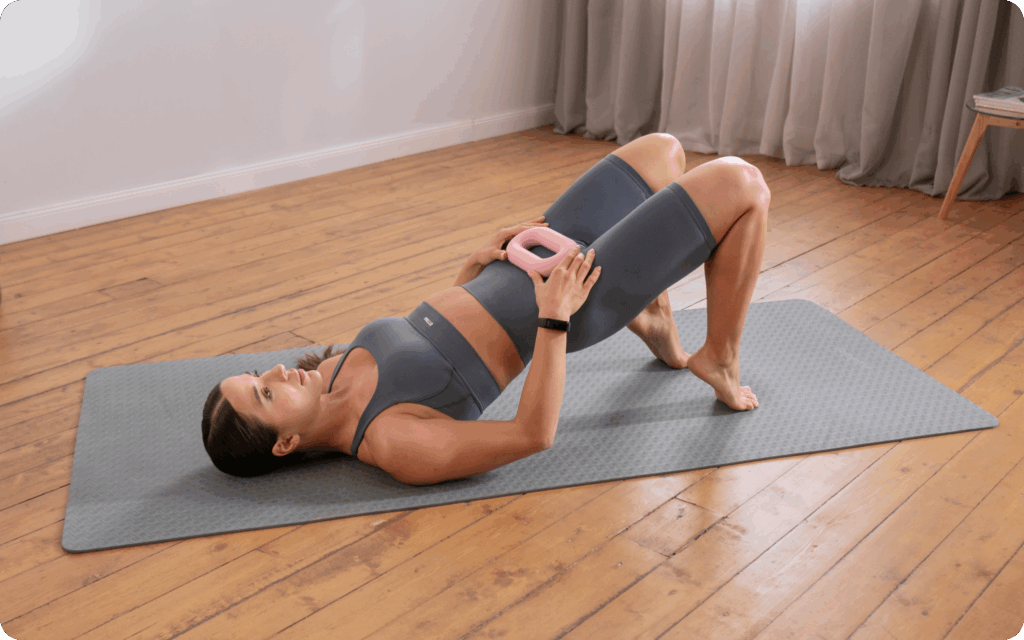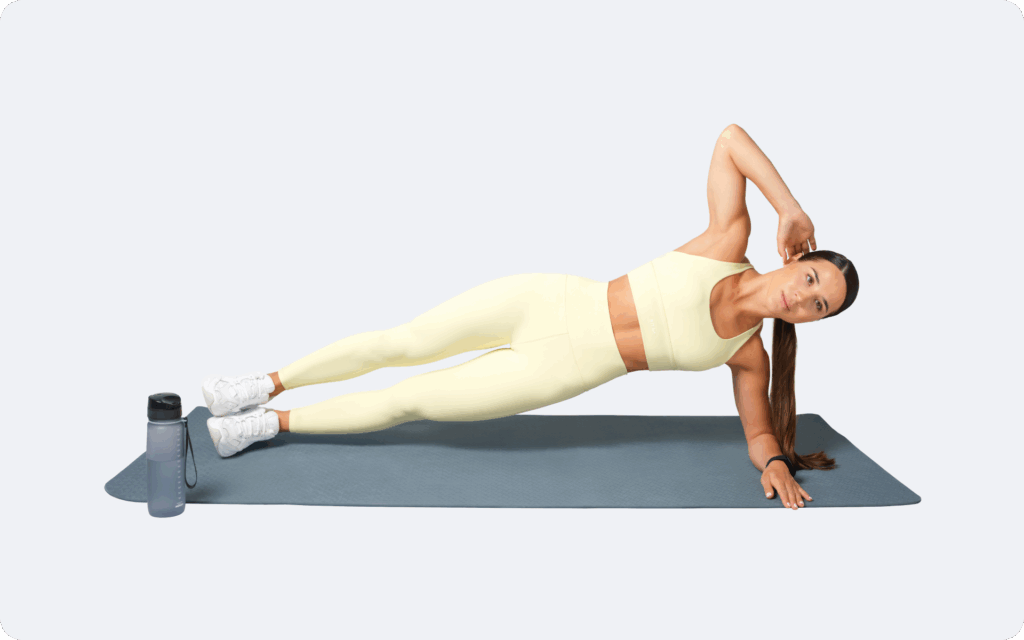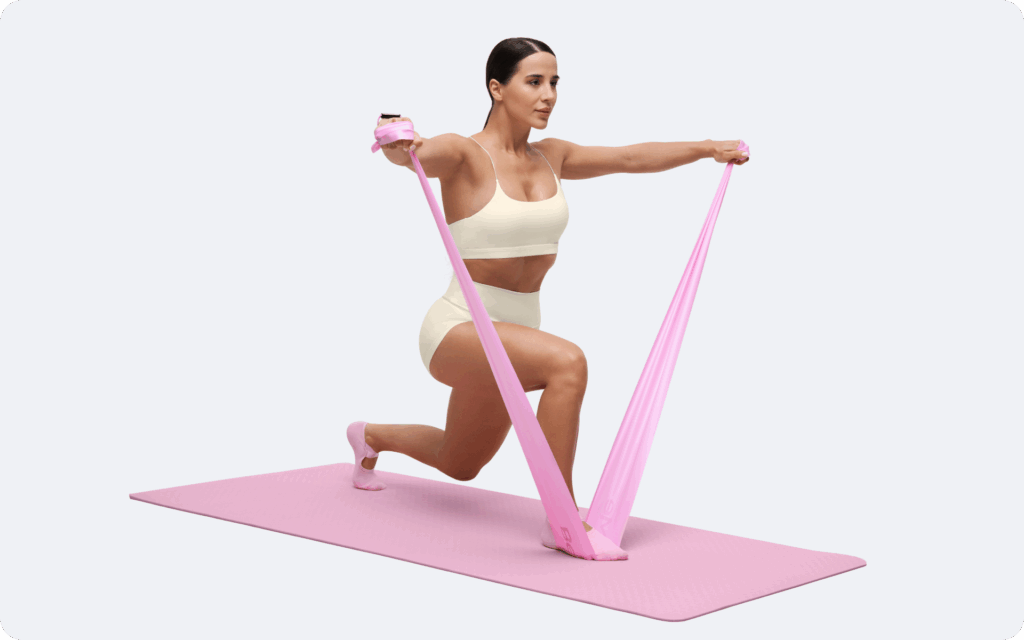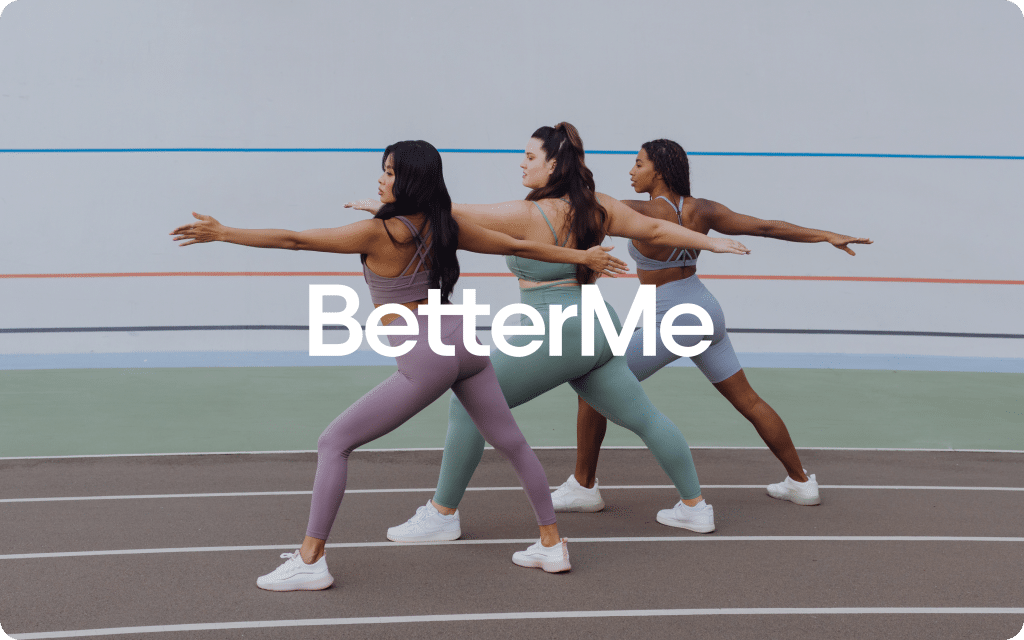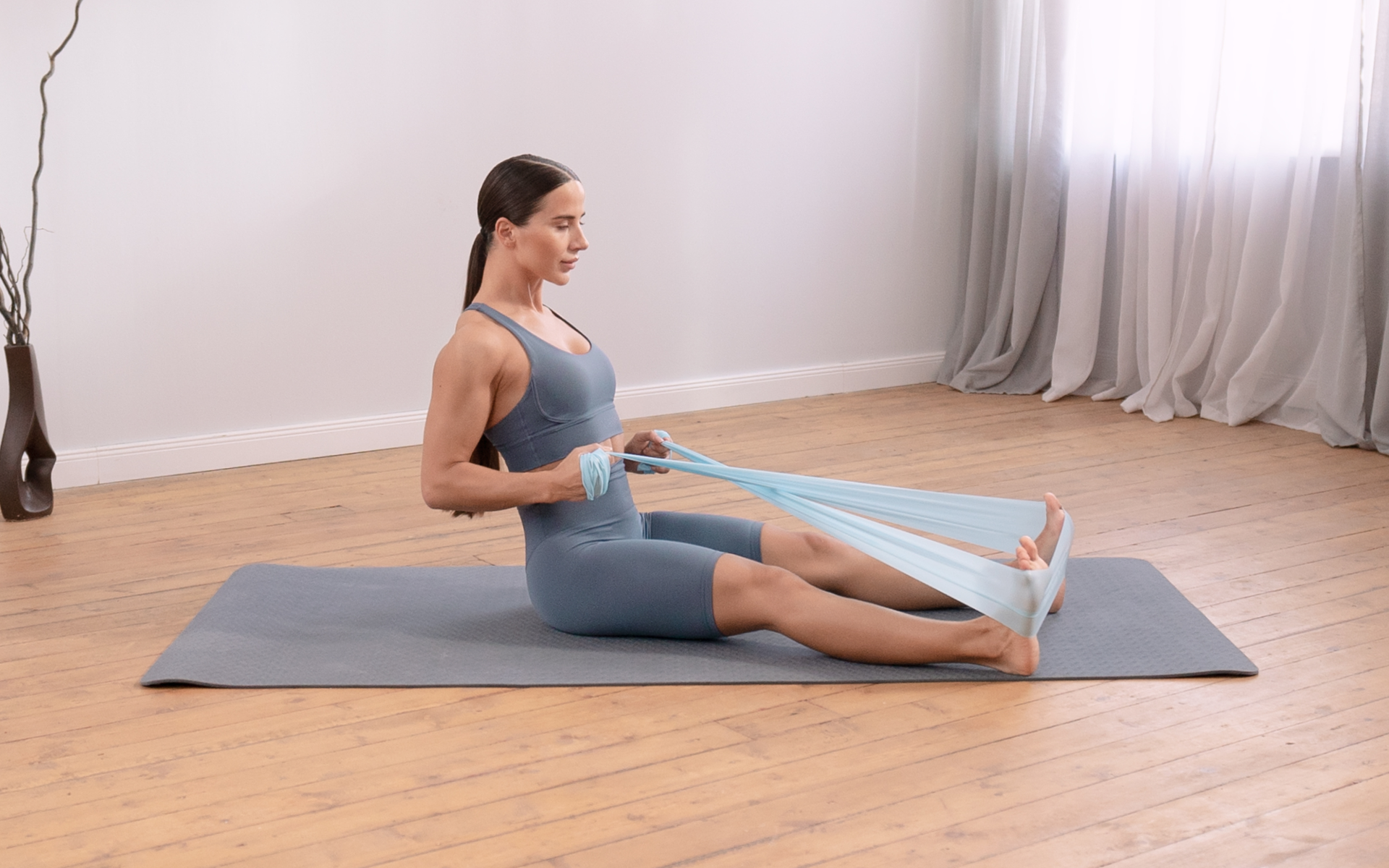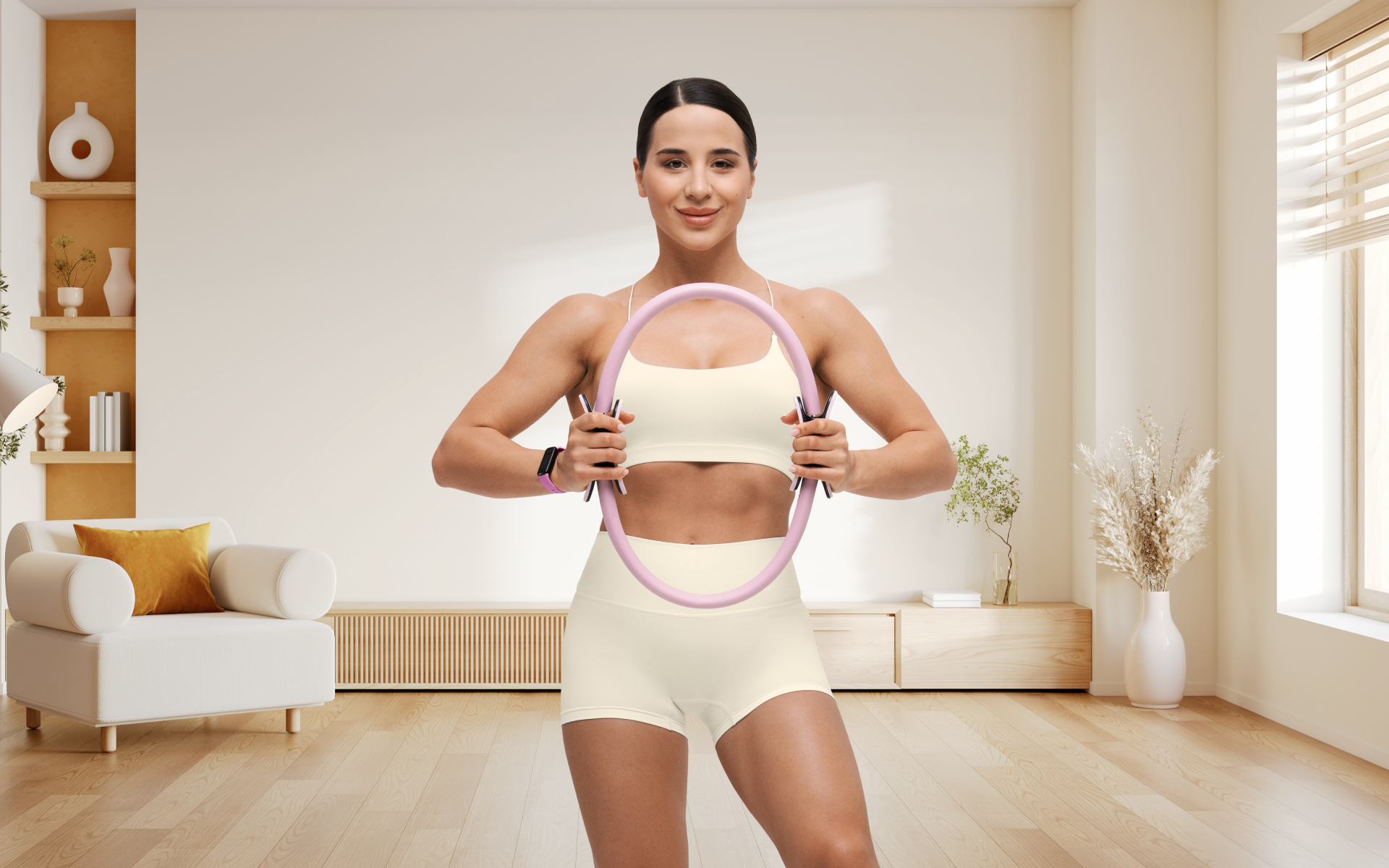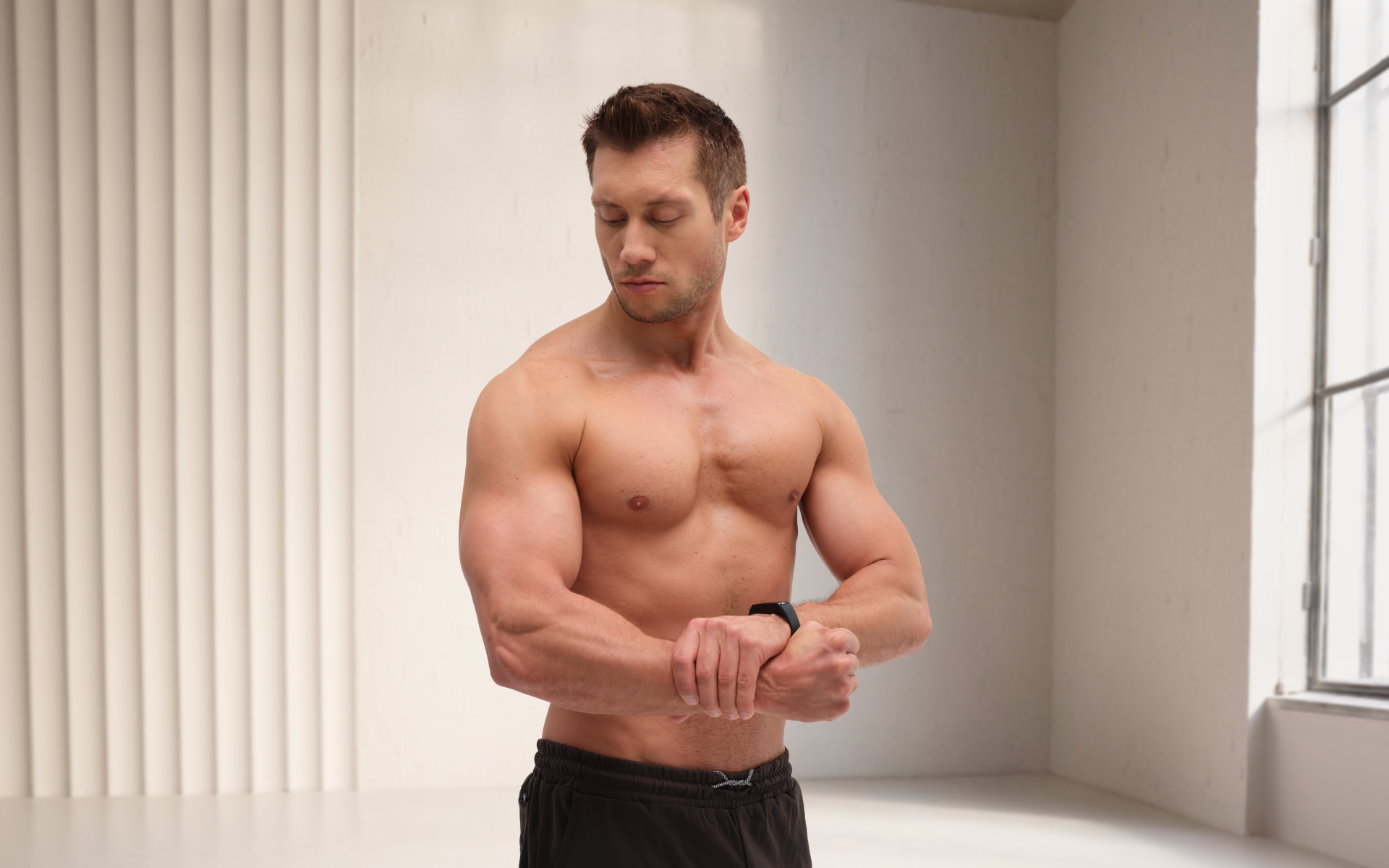Starting your fitness journey with bodyweight exercises opens doors to incredible strength, mobility, and body control. Unlike traditional gym workouts that require equipment and memberships, calisthenics transforms your body into the only tool you need for exceptional results.
This comprehensive guide will take you through everything you need to know about creating and following a full-body calisthenics workout plan for beginners.
You’ll discover how to build muscle, develop functional strength, and progress safely using nothing but your own bodyweight.
Can Calisthenics Get You Ripped?
Calisthenics can absolutely help you achieve a lean, muscular physique.
However, understanding the relationship between bodyweight training and body composition requires looking at the science behind fat loss and muscle development.
The Role Of Energy Balance In Fat Loss
Achieving a “ripped” look primarily depends on reducing body fat percentage to reveal underlying muscle definition. This fat loss occurs when you maintain a caloric deficit (burning more calories than you consume) over an extended period (1).
Calisthenics contributes to this process through several mechanisms.
First, bodyweight exercises burn calories during training sessions, with compound movements like burpees, mountain climbers, and jump squats providing particularly high energy expenditure (2).
Second, building lean muscle mass through calisthenics increases your resting metabolic rate (3). Muscle tissue requires approximately 13 calories per kilogram per day to maintain, compared to just 4.5 calories for fat tissue (4).
Whether you’re a workout beast or just a beginner making your first foray into the world of fitness and dieting – BetterMe has a lot to offer to both newbies and experts! Install the app and experience the versatility first-hand!
Why Calisthenics Athletes Often Appear Lean
Many calisthenics practitioners maintain relatively low body fat percentages for practical reasons rather than purely aesthetic ones. Advanced bodyweight movements like planches, human flags, and one-arm pull-ups become significantly more challenging with excess body weight.
This factor creates a natural feedback loop where practitioners instinctively maintain lean body composition to progress in their skills. Additionally, the high training volume typical of calisthenics routines (often involving 50-100+ repetitions across multiple exercises) provides substantial caloric expenditure (5).
The Muscle-Building Component
While fat loss reveals muscle definition, you need adequate muscle mass underneath to achieve a truly “ripped” appearance. Calisthenics builds muscle through progressive overload, achieved by increasing the difficulty of exercises rather than adding external weights (6).
For example, progressing from regular push-ups to archer push-ups, one-arm push-ups, or planche variations provides increasing stimulus for muscle growth. Research shows that training to or near muscular failure with bodyweight exercises produces similar hypertrophy responses to traditional weight training when volume is matched (6).
Read more: 6 Calisthenics Leg Exercises for Lower-Body Endurance
Can You Build Muscle Doing Full-Body Workouts Only?
Absolutely. Full-body workouts can be highly effective for muscle growth, especially for beginners and intermediate trainees who can train 2-3 times per week (7).
Recent research indicates that muscle growth occurs optimally with 10-20 sets per muscle group per week (8). For most people, training 2-3 times weekly, full-body routines allow adequate volume distribution across all major muscle groups.
Here’s the weekly volume breakdown that supports muscle growth:
- Chest: 10-16 sets per week
- Back: 12-18 sets per week
- Shoulders: 8-14 sets per week
- Arms (biceps/triceps): 8-12 sets per week, each
- Legs: 12-20 sets per week
- Core: 10-15 sets per week
Studies comparing bodyweight exercises to free weights and machines show similar muscle-building potential when exercises match the intensity and volume (6).
The key is progressive overload, which gradually increases training difficulty over time.
Bodyweight training achieves progressive overload through:
- Leverage manipulation: Changing body position to increase difficulty
- Range of motion: Performing exercises through fuller ranges
- Tempo changes: Slowing eccentric (lowering) phases
- Advanced progressions: Moving to more challenging exercise variations
Research by Kikuchi and Nakazato (2017) found that push-ups performed to failure produced similar chest muscle growth as bench press when training volume was equated (6). This data demonstrates the effectiveness of bodyweight exercises for hypertrophy when programmed appropriately.
Training each muscle group 2-3 times per week (typical with full-body routines) often produces superior muscle growth compared to once-weekly training (7).
This higher frequency allows for:
- More opportunities to stimulate muscle protein synthesis
- Better skill development and movement quality
- Distributed training stress throughout the week
- Faster recovery between sessions targeting the same muscles
Can You Do A Full-Body Workout With Calisthenics?
Yes, calisthenics is ideally suited for full-body training due to the compound nature of most bodyweight exercises. These movements work multiple muscle groups simultaneously, making efficient use of training time.
Unlike isolation exercises that target single muscles, calisthenics emphasizes compound movements that engage entire kinetic chains (9). This approach mirrors how your body functions in real-world activities and sports.
For example, a single pull-up works your lats, rhomboids, rear deltoids, biceps, and core muscles simultaneously.
Similarly, push-ups engage your chest, triceps, front deltoids, and core while requiring leg stability.
Here’s how calisthenics exercises target major muscle groups:
Upper Body Pushing Muscles
- Chest: Push-ups, dips, pike push-ups
- Triceps: Dips, close-grip push-ups, pike push-ups
- Front deltoids: Push-ups, handstand push-ups, pike push-ups
Upper Body Pulling Muscles
- Lats: Pull-ups, chin-ups, inverted rows
- Rhomboids/middle traps: Inverted rows, reverse flies
- Rear deltoids: Inverted rows, reverse flies.
- Biceps: Pull-ups, chin-ups, inverted rows
Core and Stability
- Rectus abdominis: Plank variations, hanging leg raises
- Obliques: Side planks, mountain climbers
- Deep core: All compound movements require core stabilization
Lower Body
- Quadriceps: Squats, lunges, pistol squats
- Glutes: Squats, single-leg glute bridges, step-ups
- Hamstrings: Single-leg deadlifts, glute bridges
- Calves: Jump squats, calf raises
While calisthenics effectively trains the lower body for beginners and intermediates, advanced practitioners may eventually need additional resistance. The legs contain some of the body’s strongest muscles, and bodyweight training alone may become insufficient for continued strength and size gains.
This limitation typically emerges after 6-12 months of consistent training (10), when exercises like pistol squats and jump variations become relatively easy.
Adding weight (by using a weighted vest, backpack, or dumbbells) or incorporating single-leg variations can help extend progression.
However, for most beginners, bodyweight leg exercises provide more than adequate stimulus for strength and muscle development during the first year of training.
For those seeking additional full-body workout options, consider a resistance bands full-body workout, which complements your calisthenics routine perfectly.
What Are The Most Effective Full-Body Calisthenics Exercises?
These 6 compound exercises form the foundation of any effective full-body calisthenics workout plan. Together, they build a calisthenics exercises list, targeting every major muscle group while building functional strength and movement quality.
- Push-ups
Push-ups are the cornerstone horizontal pushing exercise, primarily targeting your chest, triceps, and front deltoids while engaging your entire core for stability.
Muscles targeted: Chest (pectoralis major), triceps, anterior deltoids, serratus anterior, and core muscles.
How to perform:
- Start in a high plank position with hands placed slightly wider than shoulder-width apart.
- Keep your body in a straight line from head to heels, engaging your core throughout
- Lower your chest toward the floor by bending your elbows at roughly 45-degree angles.
- Pause briefly when your chest nearly touches the ground.
- Push through your palms to return to the starting position.
- Maintain a neutral neck position by looking slightly ahead of your hands.
- Pull-ups/Chin-ups
Pull-ups represent the king of upper-body pulling exercises, developing impressive back width, bicep strength, and grip endurance.
Muscles targeted: Latissimus dorsi, rhomboids, middle trapezius, rear deltoids, biceps, forearms.
How to perform:
- Hang from a pull-up bar with hands shoulder-width apart, palms facing away (pull-ups) or toward you (chin-ups)
- Begin in a dead hang position with your arms fully extended.
- Engage your lats and pull your shoulder blades down and back.
- Pull your body upward until your chin clears the bar.
- Control the descent back to the starting position over 2-3 seconds.
- Avoid swinging or using momentum to complete repetitions.
- Squats
Bodyweight squats build lower-body strength, mobility, and endurance while serving as the foundation for more advanced single-leg variations.
Muscles targeted: Quadriceps, glutes, hamstrings, calves, and core muscles for stability.
How to perform:
- Stand with feet shoulder-width apart, toes pointed slightly outward.
- Keep your chest up and core engaged throughout the movement.
- Initiate the squat by pushing your hips back as if sitting into a chair.
- Lower until your hip crease drops below your knee caps.
- Drive through your heels to return to a standing position.
- Maintain neutral spine alignment and avoid knee cave (knees tracking over toes)
- Glute Bridges
Glute bridges help develop the glute muscles, which are crucial for maintaining hip stability, generating power, and enhancing overall lower body strength.
Muscles targeted: Glutes, hamstrings, core.
How to perform:
- Begin by lying on your back with your knees bent and feet flat on the ground.
- Engage your core and push through your heels to lift your hips off the ground.
- Squeeze your glutes at the top of the movement.
- Lower back down with control, avoiding any arching in the lower back.
- Repeat for the desired number of reps.
- Plank
The plank develops core strength, shoulder stability, and full-body tension, skills that transfer to virtually every other calisthenics movement.
Muscles targeted: Rectus abdominis, transverse abdominis, obliques, erector spinae, anterior deltoids, serratus anterior.
How to perform:
- Begin in a push-up position with forearms on the ground instead of hands.
- Keep your elbows directly under your shoulders.
- Maintain a straight line from head to heels by engaging your glutes and core.
- Avoid sagging hips or raising your butt too high.
- Breathe normally while holding the position.
- Start with 20-30 second holds and gradually increase duration.
- Inverted Rows
Inverted rows provide an accessible pulling exercise that complements pull-ups while allowing more straightforward progression and regression options.
Muscles targeted: Latissimus dorsi, rhomboids, middle trapezius, rear deltoids, biceps.
How to perform:
- Set up under a sturdy table, bar, or suspension trainer at roughly waist height.
- Lie on your back and grab the bar with an overhand grip, hands shoulder-width apart.
- Keep your body straight from head to heels, similar to an inverted plank.
- Pull your chest toward the bar by retracting your shoulder blades.
- Lower yourself back down with control.
- Adjust difficulty by changing your foot position (higher feet = harder)
For those looking to expand their routine further, consider incorporating:
- A full-body calisthenics workout plan at home
- A full-body workout at home without equipment to complement these foundational movements.
Read more: Calisthenics Moves for Beginners: A Simple Guide to Get Started
What Is A Powerful Full-Body Calisthenics Workout Plan?
So, what is a structured full-body calisthenics workout plan that is also powerful and effective?
Here’s a comprehensive full-body calisthenics for beginners workout plan designed specifically for beginners, incorporating progressive difficulty and proper recovery protocols.
The Complete Workout Structure
Frequency: 3 times per week (Monday, Wednesday, Friday or Tuesday, Thursday, Saturday)
Duration: 45-60 minutes including warm-up and cool-down
Rest between exercises: 60-90 seconds
Rest between sets: 2-3 minutes
Warm-up Routine (10 minutes)
- Arm circles: 10 forward, 10 backward
- Leg swings: 10 each direction, each leg
- Hip circles: 10 each direction
- Jumping jacks: 30 seconds
- Dynamic stretching: High knees, butt kicks, walking lunges
Main Workout
Exercise 1: Push-ups
- Beginner: 3 sets of 5-8 reps (knee push-ups if needed)
- Intermediate: 3 sets of 8-12 reps
- Advanced: 3 sets of 12-15 reps (progress to archer push-ups)
Exercise 2: Pull Ups
- Beginner: 3 sets of 3-5 reps (use a pull-up band for support if needed)
- Intermediate: 3 sets of 5-8 reps
- Advanced: 3 sets of 8-12 reps
Exercise 3: Bodyweight Squats
- Beginner: 3 sets of 10-15 reps
- Intermediate: 3 sets of 15-20 reps
- Advanced: 3 sets of 20-25 reps (progress to jump squats)
Exercise 4: Inverted Rows
- Beginner: 3 sets of 5-8 reps (feet flat on ground)
- Intermediate: 3 sets of 8-12 reps
- Advanced: 3 sets of 12-15 reps (feet elevated)
Exercise 5: Plank Hold
- Beginner: 3 sets of 15-30 seconds
- Intermediate: 3 sets of 30-60 seconds
- Advanced: 3 sets of 60+ seconds
Exercise 6: Glute Bridges
- All levels: 3 sets of 15-20 reps
- Progress to single-leg variations when ready
Cool-Down Routine (10 minutes)
- Forward fold stretch: 30 seconds.
- Seated spinal twist: 30 seconds each side
- Child’s pose: 1 minute
- Chest doorway stretch: 30 seconds.
- Shoulder cross-body stretch: 30 seconds each arm
Progressive Overload Guidelines
Week 1-2: Focus on form and establish baseline repetitions
Week 3-4: Increase reps by 1-2 per set when possible
Week 5-6: Add one additional set to exercises you’ve mastered
Week 7-8: Progress to more challenging exercise variations
Recovery Protocols
Between workouts: Ensure at least one full rest day between sessions
Sleep: Aim for 7-9 hours per night for optimal recovery
Hydration: Drink water throughout the day, especially post-workout
Nutrition: Consume adequate protein (0.7-1g per pound bodyweight) for muscle recovery
This 30-day calisthenics workout plan for beginners provides structured progression while allowing your body to adapt gradually to increasing training demands.
Is It Okay To Do Full-Body Calisthenics Every Day?
No, training the same muscle groups with high intensity every single day is not recommended for beginners or intermediate practitioners. Your muscles, nervous system, and connective tissues need adequate recovery time to adapt and grow stronger.
Reasons why BetterMe is a safe bet: a wide range of calorie-blasting workouts, finger-licking recipes, 24/7 support, challenges that’ll keep you on your best game, and that just scratches the surface! Start using our app and watch the magic happen.
Why Daily Full-Body Training Isn’t Optimal
Insufficient Recovery Time: Muscle protein synthesis (the process of building new muscle tissue) takes 24-48 hours to complete. Training the same muscles daily can prevent full recovery and actually impede progress (11).
Increased Injury Risk: Overuse injuries develop when tissues don’t have adequate time to repair microscopic damage from training. Tendons, ligaments, and joints are particularly susceptible to overuse problems (12).
Nervous System Fatigue: High-intensity training depletes your central nervous system’s capacity to generate force. Daily training can lead to decreased performance, motivation, and coordination (13).
Diminished Training Quality: Fatigued muscles cannot generate the same force output or maintain proper form, leading to less effective workouts and higher injury risk (14).
Hormonal Disruption: Excessive training without adequate recovery can elevate cortisol levels chronically while suppressing growth hormone and testosterone production (15).
Research consistently shows that training each muscle group 2-3 times per week produces superior strength and hypertrophy gains compared to daily training (7).
This frequency allows optimal recovery between sessions while providing sufficient stimulus for adaptation.
Another study by McLester et al. (2000) found that subjects training 3 times per week (with one set each time) gained significantly more strength than those training once per week (with all sets in one session), even though the total training volume was the same (16).
If you want to exercise daily, consider these split routine approaches:
Upper/Lower Split: Alternate between upper body and lower body days
- Monday: Upper body
- Tuesday: Lower body
- Wednesday: Upper body
- Thursday: Rest
- Friday: Lower body
- Saturday: Upper body
- Sunday: Lower body
Push/Pull/Legs Split: Divide exercises by movement patterns.
- Monday: Push (push-ups, pike push-ups, dips)
- Tuesday: Pull (pull-ups, inverted rows)
- Wednesday: Legs (squats, lunges, single-leg exercises)
- Thursday: Rest
- Friday: Push
- Saturday: Pull
- Sunday: Legs
Active Recovery Days: Include light movement on rest days
- Gentle walking
- Basic stretching or yoga
- Light recreational activities
- Mobility work
Pay attention to these warning signals that indicate you need additional rest:
- Decreased performance in exercises you previously mastered
- Persistent muscle soreness lasting more than 48 hours
- Feeling fatigued or unmotivated before workouts
- Sleep disturbances or difficulty falling asleep
- Increased susceptibility to minor injuries or joint aches
- Elevated resting heart rate upon waking
Remember, progress happens during recovery, not just during training.
Prioritizing adequate rest between sessions will ultimately lead to faster strength gains and better long-term results.
If you’re interested in exploring different workout structures, check out our comprehensive guide to full-body calisthenics workout variations that can help you organize your training more effectively.
Calisthenics can contribute to overall fat loss, including belly fat, but it cannot specifically target abdominal fat storage. Scientific research does not support the idea that spot reduction (where you lose fat from specific body areas through targeted exercises) is effective (17). Fat loss occurs throughout the body when you maintain a caloric deficit over time. Calisthenics helps create this deficit by burning calories during exercise and building lean muscle mass (2), which increases your metabolic rate by approximately 13 calories per kilogram per day (4). Compound calisthenics movements like burpees, mountain climbers, and jump squats provide particularly high caloric expenditure, further contributing to a calorie deficit. Whether you should bulk (eat in a caloric surplus to gain weight) depends on your current body composition and goals. Calisthenics can effectively build muscle mass when combined with adequate nutrition, making bulking beneficial for many practitioners. Suppose you’re relatively lean (men with a body fat percentage under 15%, women with a body fat percentage under 25%), and want to maximize muscle growth. In that case, a moderate caloric surplus of 200-500 calories above maintenance can support muscle building while minimizing fat gain (18). However, remember that many advanced calisthenics skills become more difficult with additional body weight. Consider your long-term goals, and if you prioritize skills like planches or human flags, maintaining a leaner physique may be more advantageous than aggressive bulking. Focus on consuming adequate protein (0.7-1g per pound of body weight) regardless of whether you’re bulking or maintaining weight, as this supports muscle protein synthesis and recovery (19). A well-structured full-body calisthenics workout should last 45-75 minutes, including warm-up, main training, and cool-down components, such as: Beginners may complete practical sessions in 45-60 minutes, while more advanced practitioners might need 60-75 minutes to accommodate additional exercise variations and more extended rest periods between challenging sets. Quality trumps quantity, and a focused 45-minute session with proper form and intensity will produce better results than a 90-minute workout with poor technique and insufficient effort. Training the whole body every day with high intensity will likely lead to overtraining syndrome, characterized by decreased performance, increased injury risk, and impaired recovery. Specific consequences include: Instead, train full-body 2-3 times per week with rest days between sessions, or use split routines that allow different muscle groups to recover while you train other muscle groups. This approach produces superior results while maintaining long-term health and sustainability.Frequently Asked Questions
Does calisthenics burn belly fat?
Should I bulk if I only do calisthenics?
How long should a full-body calisthenics workout be?
What will happen if I train full-body everyday?
The Bottom Line
Full-body calisthenics offers an incredibly effective and accessible path to building strength, muscle, and movement quality using only your bodyweight.
The 6 foundational exercises outlined in this guide (push-ups, pull-ups, squats, glute bridges, planks, and inverted rows) provide the foundation you need to develop a complete muscular physique.
Following the structured workout plan 3 times per week will produce far better results than sporadic intense sessions. Focus on progressive overload by gradually increasing repetitions, sets, or exercise difficulty as your strength improves.
Your body needs adequate recovery between sessions to adapt and grow stronger.
Resist the temptation to train daily with high intensity; instead, embrace rest days as an essential component of your progress, not an obstacle to overcome.
Start with the beginner progressions regardless of your perceived fitness level.
Mastering proper form and movement patterns now will accelerate your progress and prevent injuries that could derail your journey in the months to come.
Your stronger, more capable body is waiting, and it just needs time and consistent effort to emerge.
DISCLAIMER:
This article is intended for general informational purposes only and does not serve to address individual circumstances. It is not a substitute for professional advice or help and should not be relied on for making any kind of decision-making. Any action taken as a direct or indirect result of the information in this article is entirely at your own risk and is your sole responsibility.
BetterMe, its content staff, and its medical advisors accept no responsibility for inaccuracies, errors, misstatements, inconsistencies, or omissions and specifically disclaim any liability, loss or risk, personal, professional or otherwise, which may be incurred as a consequence, directly or indirectly, of the use and/or application of any content.
You should always seek the advice of your physician or other qualified health provider with any questions you may have regarding a medical condition or your specific situation. Never disregard professional medical advice or delay seeking it because of BetterMe content. If you suspect or think you may have a medical emergency, call your doctor.
SOURCES:
- Fat Loss Depends on Energy Deficit Only, Independently of the Method for Weight Loss (2007, karger.com)
- Protocol for Minute Calisthenics: a randomized controlled study of a daily, habit-based, bodyweight resistance training program (2020, mcpublichealth.biomedcentral.com)
- Increasing muscle mass to improve metabolism (2013, pmc.ncbi.nlm.nih.gov)
- The Anatomy of Resting Energy Expenditure: Body Composition Mechanisms (2018, pmc.ncbi.nlm.nih.gov)
- Differences in energy expenditure between high- and low-volume training (2011, onlinelibrary.wiley.com)
- Effect of Progressive Calisthenic Push-up Training on Muscle Strength and Thickness (2018, pubmed.ncbi.nlm.nih.gov)
- Effects of Resistance Training Frequency on Measures of Muscle Hypertrophy: A Systematic Review and Meta-Analysis (2016, link.springer.com)
- A Systematic Review of the Effects of Different Resistance Training Volumes on Muscle Hypertrophy (2022, jhk.termedia.p)
- Effects of Strengthening Exercises on Human Kinetic Chains Based on a Systematic Review (2023, mdpi.com)
- The adaptations to strength training: Morphological and neurological contributions to increased strength (2007, researchgate.net)
- Skeletal muscle and resistance exercise training: the role of protein synthesis in recovery and remodeling (2016, pmc.ncbi.nlm.nih.gov)
- Beyond physical exhaustion: Understanding overtraining syndrome through the lens of molecular mechanisms and clinical manifestation (2025, sciencedirect.com)
- Central and Peripheral Fatigue in Physical Exercise Explained: A Narrative Review (2022, mdpi.com)
- Muscle fatigue: general understanding and treatment (2017, nature.com)
- Hormonal aspects of overtraining syndrome: a systematic review (2017, bmcsportsscimedrehabil.biomedcentral.com)
- Comparison of 1 Day and 3 Days Per Week of Equal-Volume Resistance Training in Experienced Subjects (2000, journals.lww.com)
- Spot reduction: why targeting weight loss to a specific area is a myth (2023, sydney.edu.au)
- Effect of Small and Large Energy Surpluses on Strength, Muscle, and Skinfold Thickness in Resistance-Trained Individuals: A Parallel Groups Design (2023, sportsmedicine-open.springeropen.com)
- Assessing protein needs for performance (2023, mayoclinichealthsystem.org)
